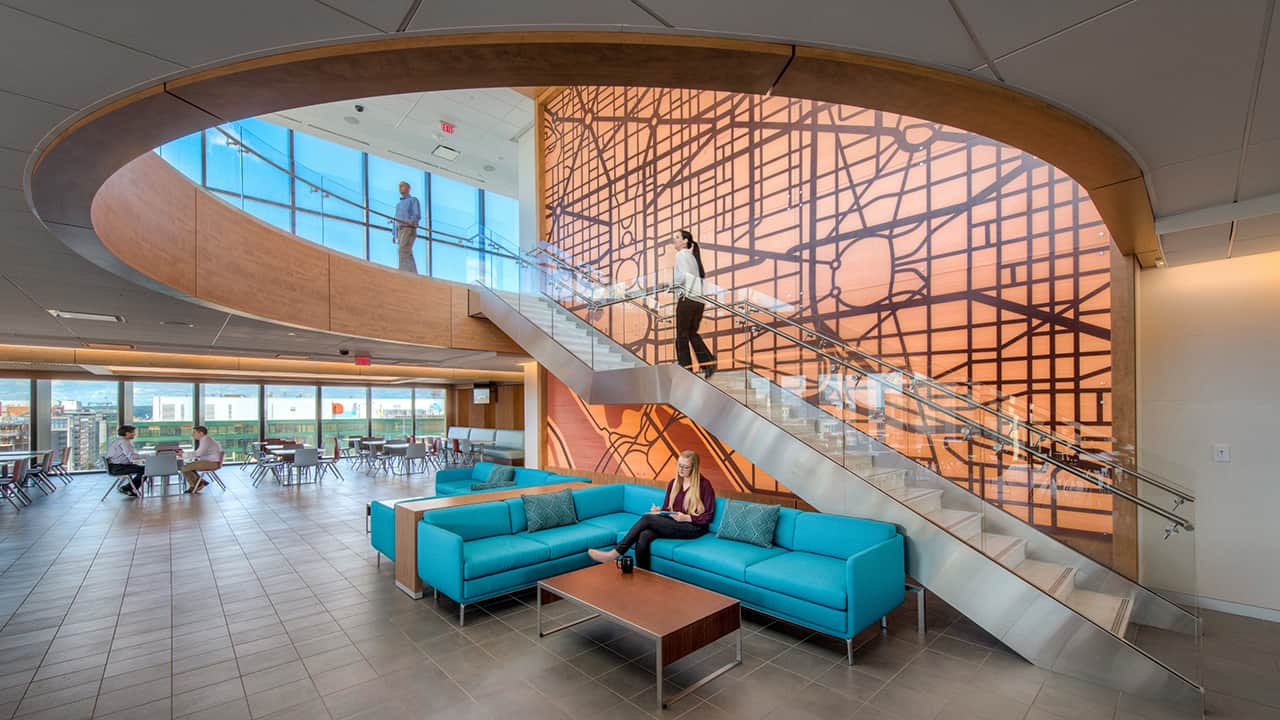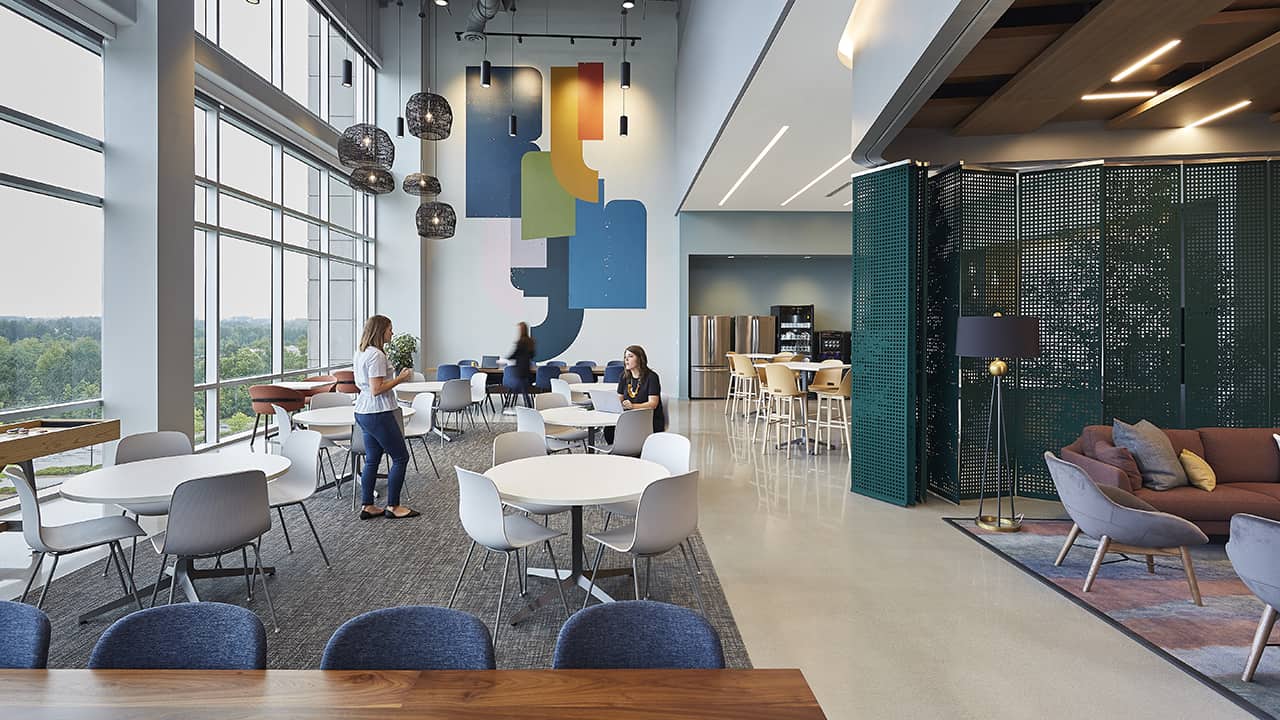Our industry is rapidly evolving and it is our responsibility to design spaces that keep our clients performing beyond their best. To do this, we must be innovators and disruptors – pushing the limits of what is possible and designing for the future. We recently sat down with Bruce Barteldt, our Chief Innovation Officer, to discuss the importance of innovation and how we, at Little, work to elevate our clients’ performance and create a better future for people.
Designers by their very nature have an innate sense of curiosity. Beyond that natural inclination, why innovate?
It takes one to six years to design and build a building (even more if it is phased). And, if it doesn’t contribute to or cause a client to thrive in a changing world, the building becomes obsolete not long after it’s occupied. With the accelerated pace of change and its impact across all aspects of life, we recognize that we are designing for a future state that will likely be different than the issues presented to us as ‘the problem.’ In fact, it would be irresponsible to design for ‘today’ alone.
Once we understand the nature of transformation in each client’s context and the deeper drivers of their success, we’re able to create design solutions that measurably improve, and subsequently elevate, their performance – now and in the future. That is our motivation for innovation at Little.

A changing world presents so many opportunities for innovation. What do you see as the priorities that designers should concentrate on to advance the built environment?
That’s simple. Regenerative design and data intelligence. And we’ve already started.
We’ve long recognized that sustainable design and building practices are the best way for us to impact our client’s long-term operational life-cycle cost of occupancy. With the advent of WELL design, focused on the building occupant’s overall health and well-being, we’ve amplified our role in our client’s triple bottom line, which balances their economic goals with their environmental and social goals. As a result, we are preparing for a future state where a more comprehensive framework is required; Regenerative Design, where our buildings not only do ‘less harm’ but ultimately improve the environmental, social, economic, and physical health of the surrounding community.
Secondly, we embrace the increasing role of data intelligence and how data can affect and inform our approach to design. We continue to investigate technologies that improve the accuracy of our design decisions, such as data that illustrates energy analysis, optimal thermal envelope, density optimization, and a host of other impactful datasets. Designing with data intelligence also allows us to task technology with an iterative design process that can optimize multiple factors that affect our decisions, namely the cost-to-performance ratio. Additionally, design technologies such as Digital Twins, augmented/virtual reality and other forms of virtualization, are set to evolve rapidly in the coming years. We are poised to lead the industry where our clients would receive the most value.

